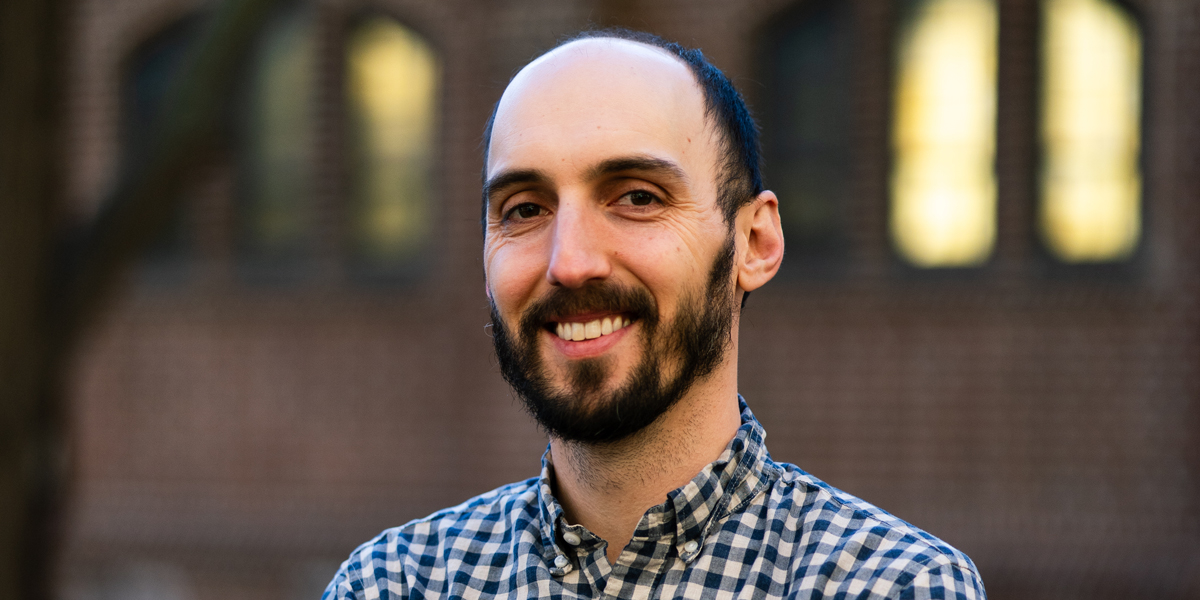
Dr. Adam Isabella was drawn to research when he took a developmental biology class as an undergrad. He shares, “I have always had an affinity for biology. I was drawn to the excitement of getting into the lab and doing experiments.” Dr. Isabella was broadly interested in the development of the nervous system and, more specifically, morphogenesis. “I was fascinated by the precision of this process. It has an elegance and organization: when you start looking at it, you learn those axons have a very specific destination.”
In the world of nerve development, making sure axons (nerve fibers) grow and reach the right places is critical. It's like building roads to the correct destinations. When nerves branch out, like tree branches, it's even more challenging because different parts of the nerve have to grow in different directions in a very organized way. The vagus nerve is a great model for understanding this process. Dr. Isabella shares, “There has been a lot of focus on the vagus nerve in the biomedical space because it controls so many different and important functions in our bodies.“
Nerves are delicate structures and are often susceptible to injury. Because Dr. Isabella, now an assistant professor in the Department of Genetics, Cell Biology and Development, was already investigating how axons reach the correct destination, he became interested in regeneration and how damaged nerves might repair themselves. Unfortunately, mammals aren’t always able to regenerate nerve pathways after an injury. “There have been studies using mice where you make a therapeutic change and see regrowth of the nerve, but the axons still don’t know where to go. So, an important question remains. How do we get them to grow back to the right place to improve functional outcomes.”
Zebrafish are champions when it comes to regenerating damaged nerves. Dr. Isabella and his team are using the tiny zebrafish as a model to figure out how cells in different nerve spots know where to send their axons and how individual cells make decisions and work together to create complex nerve patterns in the body. “If anterior and posterior neurons know the locations they need to reach, then there must be a molecular difference in them.”
Looking at the differences in genetic expression and using genetic manipulation, Dr. Isabella is creating a better understanding of how nerve cells choose their targets to form patterns during the early stages of development and how they fix and rearrange these patterns when nerves are damaged and need to grow back. These discoveries are exciting because they show how nerves develop and repair themselves. Dr. Isabella's work helps us understand how our bodies work and brings hope for better treatments for nerve injuries in the future.
Dr. Isabella is excited to be at the U of M in an environment where research and teaching are integral to the job. In addition, he shares, “Here at the U of M, there is a great breadth of research; it’s a rich environment. People here are very excited to share, support, and celebrate each other’s accomplishments, which is very special.” — Anna Freed